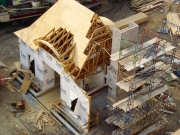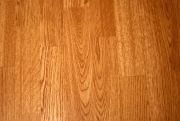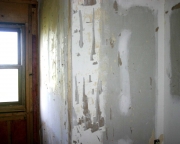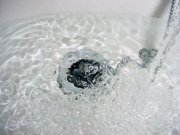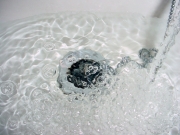Low-Flow Faucets
Faucets account for more than 15% of a home’s indoor water consumption. A low-flow WaterSense-labeled bathroom sink faucet can reduce that consumption by more than 30%. That equates to nearly 500 gallons of water per year. Much like a showerhead, a low-flow faucet will also create an energy savings by reducing demand on the water heater. This savings is small, about $10 per year, but it helps to create a total savings of $15 per year. Because a homeowner is more than capable of changing out a faucet, the total installed price can be less than $100, depending on preference and quality. This allows for a simple payback of under seven years, and an ROI of approximately 15%.



